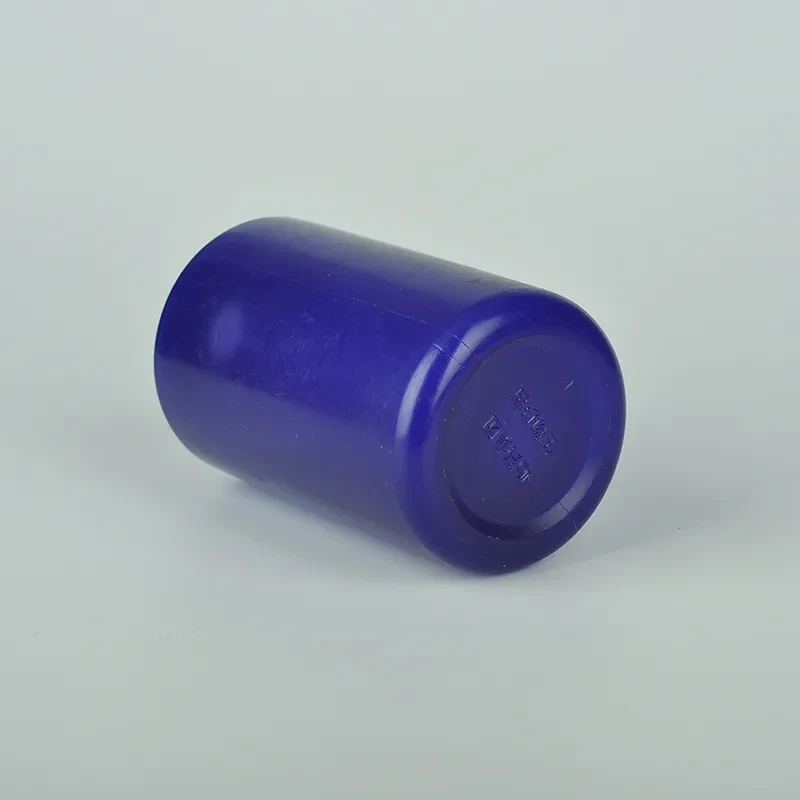https://www.wahmg.com/)">
dimensions of petri dish
dimensions of petri dish
Dimensions of Petri Dishes Understanding the Basics
Petri dishes, also known as petri plates, are essential tools in laboratories, particularly in microbiology and cell culture. These shallow, flat, cylindrical dishes provide a controlled environment for the growth of microorganisms, making them integral to experiments and research. Understanding the dimensions of petri dishes is crucial for their effective use in scientific studies.
Standard petri dishes typically have a diameter ranging from 35 mm to 150 mm, with 90 mm being the most common size used in laboratories. The height of a petri dish generally falls between 15 mm and 25 mm. This design allows for sufficient surface area to grow cultures while ensuring an adequate volume for the agar medium used to nourish the organisms.
The most widely used type of petri dish is the sterile, disposable variety made from polystyrene. These dishes are manufactured to ensure consistency and reliability in experiments. Their clear plastic material allows researchers to easily observe the growth of colonies without interference. Additionally, many laboratories opt for reusable glass petri dishes, which can be sterilized between uses. These glass dishes are beneficial for certain applications, particularly when heat resistance is required.
dimensions of petri dish

Aside from standard sizes, petri dishes can also come in specialized dimensions for specific applications. For instance, larger dishes, such as the 150 mm variants, may be used for cultivating larger samples or performing experiments that require a significant amount of growth area. On the other hand, smaller dishes might be preferred in situations where limited sample sizes are necessary or when dealing with delicate cultures.
In research, the choice of petri dish dimensions can significantly impact the outcomes of experiments. Larger dishes may facilitate the observation of colony morphology and growth patterns over time, while smaller dishes are advantageous for isolating specific strains or conducting tests that require minimal material.
In conclusion, understanding the dimensions of petri dishes is critical for effective laboratory practices. The choice between different sizes can influence the results of microbial studies, making it essential for researchers to select the appropriate petri dish for their specific needs. Whether for educational purposes or advanced scientific research, the dimensions of petri dishes play a vital role in the growth and study of microorganisms, ultimately contributing to advancements in biology and medicine.
-
Wholesale Plastic Juice Bottles with Caps 16 oz Options Available Bulk Packaging SolutionsNewsJun.10,2025
-
Laboratory Apparatus Reagent Bottle – Durable & Chemical Resistant Bottles for Safe StorageNewsJun.10,2025
-
Squeezable Dropper Bottles Durable, Leak-Proof & CustomizableNewsMay.30,2025
-
Affordable Plastic Petri Plates Sterile & Disposable Lab-GradeNewsMay.30,2025
-
Eye Dropper Caps Precision 24/410 & Plastic Bottle-Compatible TipsNewsMay.30,2025
-
Affordable Mini Spray Bottle Price & Wholesale Deals Shop NowNewsMay.29,2025





















